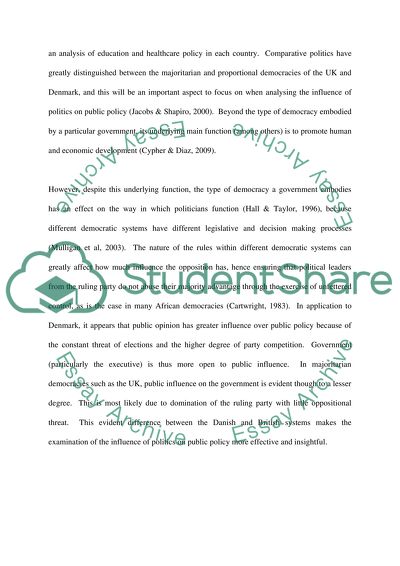Cite this document
(“The Effects of Politics on Public Policy Case Study: The United Essay”, n.d.)
Retrieved from https://studentshare.org/history/1394588-the-effects-of-politics-on-public-policy-case-study-the-united-kingdom-and-denmark
Retrieved from https://studentshare.org/history/1394588-the-effects-of-politics-on-public-policy-case-study-the-united-kingdom-and-denmark
(The Effects of Politics on Public Policy Case Study: The United Essay)
https://studentshare.org/history/1394588-the-effects-of-politics-on-public-policy-case-study-the-united-kingdom-and-denmark.
https://studentshare.org/history/1394588-the-effects-of-politics-on-public-policy-case-study-the-united-kingdom-and-denmark.
“The Effects of Politics on Public Policy Case Study: The United Essay”, n.d. https://studentshare.org/history/1394588-the-effects-of-politics-on-public-policy-case-study-the-united-kingdom-and-denmark.


